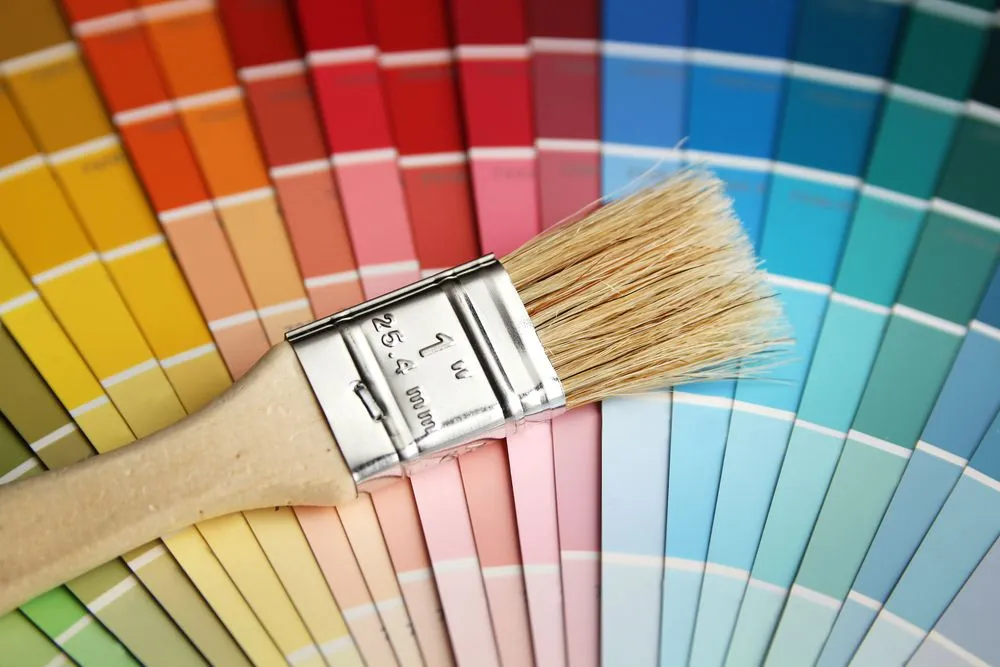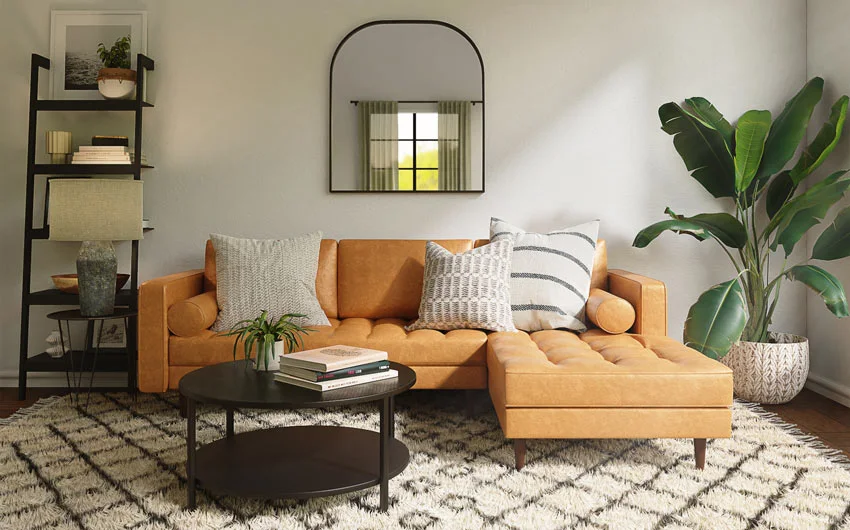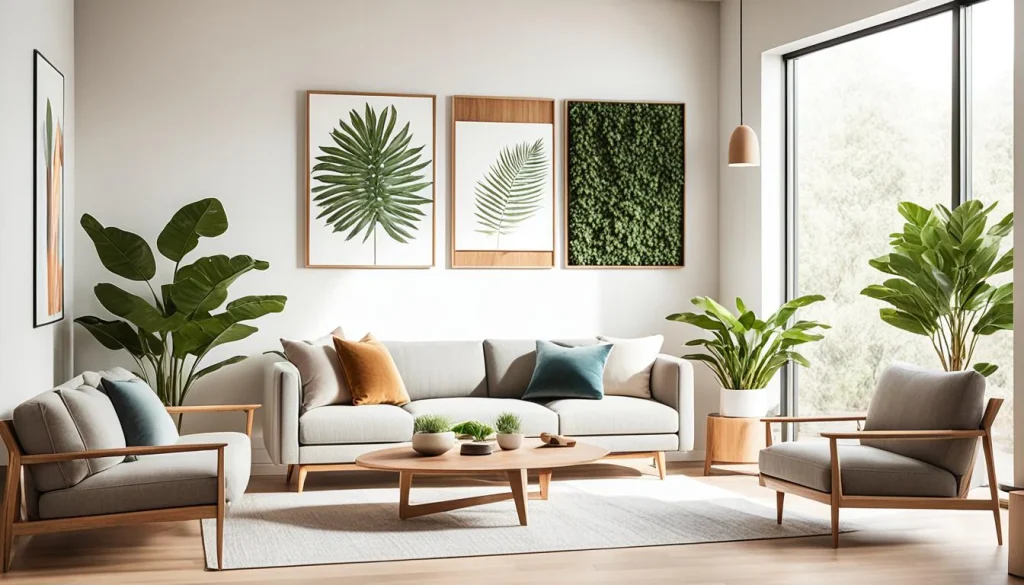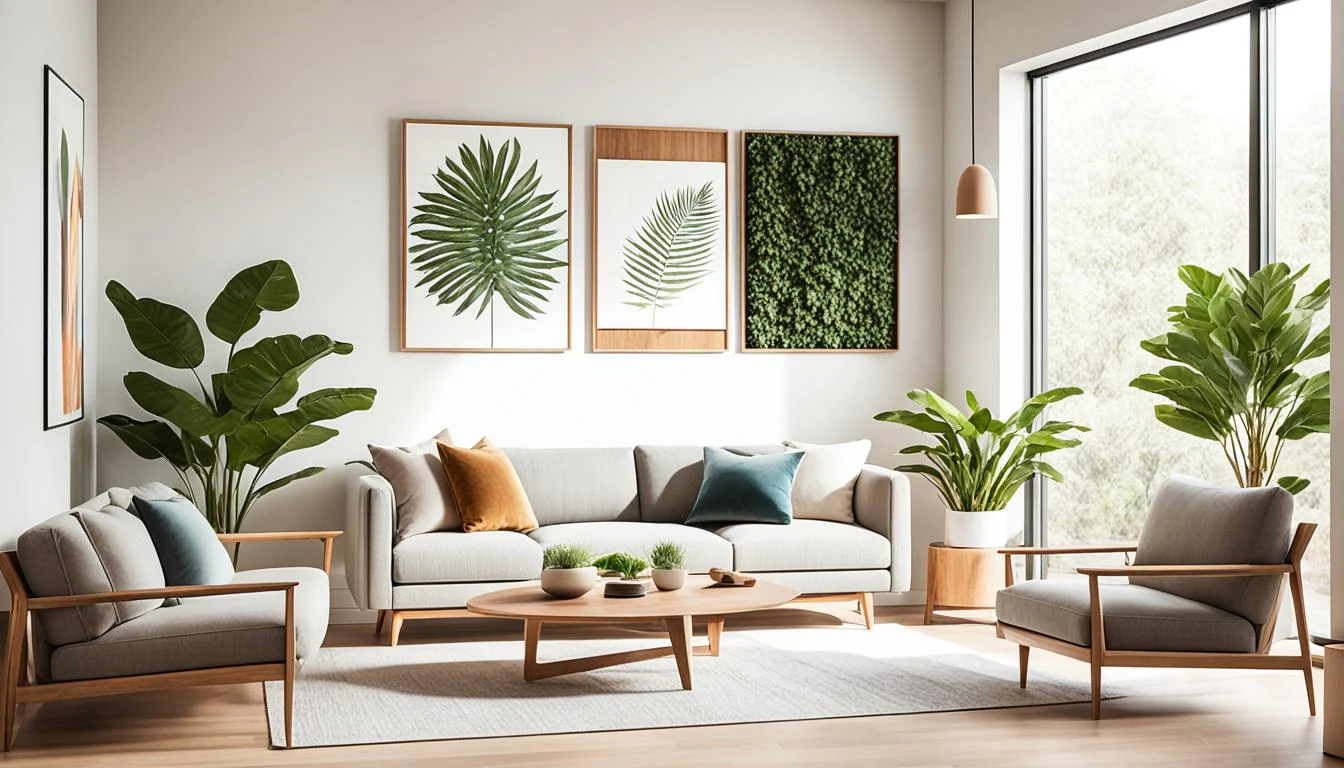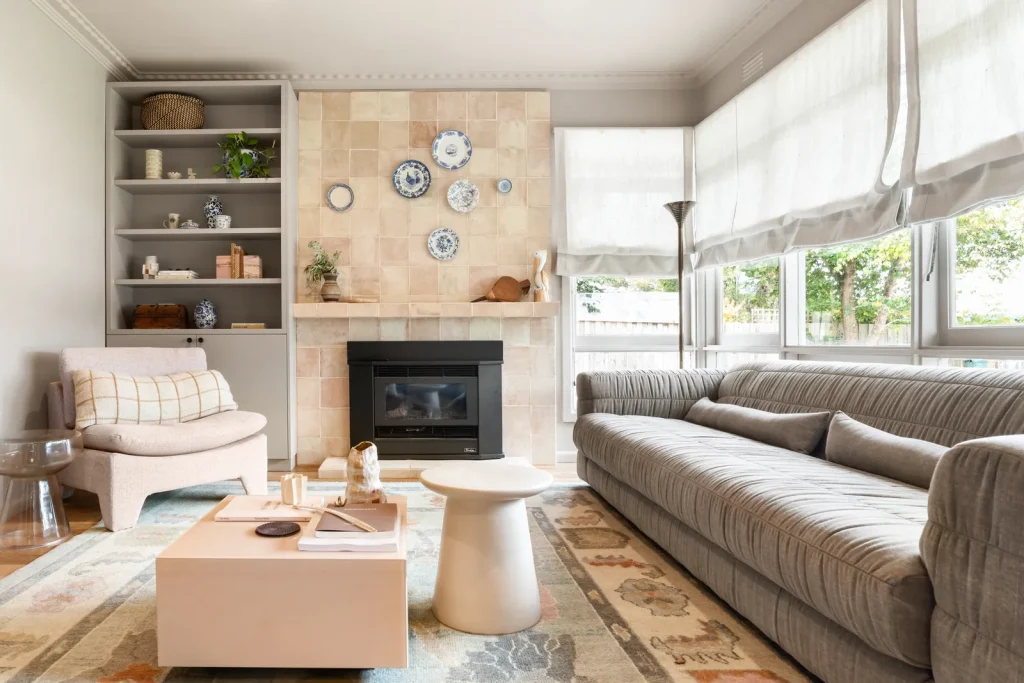How to Choose the Perfect Color Palette for Your Home
Choosing the perfect color palette for your home can be both exciting and daunting. Colors play a crucial role in setting the mood and atmosphere of your living space, and they can significantly impact how you feel. Whether you’re redecorating a single room or giving your entire home a makeover, selecting the right colors is essential. In this comprehensive guide, we’ll explore various aspects of color selection, from understanding color theory to practical tips for creating a harmonious and cohesive color scheme.
Understanding Color Theory
Before diving into color choices, it’s important to have a basic understanding of color theory. This foundational knowledge will help you make informed decisions and create balanced color schemes.
1. The Color Wheel
The color wheel is a visual representation of colors arranged according to their chromatic relationship. It consists of primary, secondary, and tertiary colors:
- Primary Colors: Red, blue, and yellow. These colors cannot be created by mixing other colors.
- Secondary Colors: Green, orange, and purple. These are created by mixing two primary colors.
- Tertiary Colors: Yellow-green, blue-green, blue-purple, red-purple, red-orange, and yellow-orange. These are created by mixing a primary color with a secondary color.
2. Color Harmonies
Color harmonies are combinations of colors that are pleasing to the eye. There are several types of color harmonies:
- Complementary Colors: These are opposite each other on the color wheel, such as blue and orange or red and green. They create a high contrast and vibrant look.
- Analogous Colors: These are next to each other on the color wheel, such as blue, blue-green, and green. They create a harmonious and serene look.
- Triadic Colors: These are evenly spaced around the color wheel, such as red, yellow, and blue. They create a balanced and dynamic look.
- Monochromatic Colors: These involve different shades and tints of a single color, creating a cohesive and soothing look.
Assessing Your Space
Before selecting a color palette, it’s crucial to assess the characteristics of your space. Consider the following factors:
1. Natural Light
The amount and quality of natural light in a room can significantly affect how colors appear. Rooms with abundant natural light can handle darker or bolder colors, while rooms with limited natural light may benefit from lighter and brighter shades to avoid feeling cramped.
2. Room Size
The size of the room plays a role in color selection. Dark colors can make a large room feel more intimate, while light colors can make a small room feel more spacious. Consider the proportions and layout of your space when choosing colors.
3. Existing Elements
Take into account the existing elements in the room, such as furniture, flooring, and architectural features. These elements will influence your color choices, as you’ll want to create a cohesive look that complements these aspects.
Defining Your Style and Mood
The colors you choose should reflect your personal style and the mood you want to create in each room. Here are some common styles and corresponding color palettes:
1. Modern and Minimalist
Modern and minimalist styles often feature neutral color palettes with clean lines and simple designs. Consider using shades of white, gray, and black, with occasional pops of color for visual interest.
2. Traditional and Classic
Traditional and classic styles embrace rich and timeless colors. Deep blues, burgundy, forest green, and warm neutrals like beige and taupe work well in creating an elegant and sophisticated look.
3. Coastal and Beachy
Coastal and beachy styles evoke a relaxed and breezy atmosphere. Soft blues, seafoam greens, sandy beiges, and crisp whites can create a serene and refreshing environment.
4. Bohemian and Eclectic
Bohemian and eclectic styles are characterized by vibrant and diverse color palettes. Jewel tones like emerald, sapphire, and ruby, along with earthy hues like terracotta and mustard, can create a warm and inviting space.
5. Industrial and Urban
Industrial and urban styles often feature a mix of raw materials and neutral colors. Think of shades of gray, black, and brown, combined with metallic accents like copper and steel for a rugged and modern look.
Choosing a Dominant Color
The dominant color is the main hue that will set the tone for the room. It should be a color that you love and feel comfortable with, as it will be the most prominent in your space. Here’s how to choose a dominant color:
1. Personal Preference
Start by considering your favorite colors and the emotions they evoke. Think about how you want to feel in the room. For example, if you want a calming and relaxing space, you might choose a soft blue or green. If you want a vibrant and energetic room, you might opt for a bold red or yellow.
2. Room Function
Consider the function of the room when selecting a dominant color. Bedrooms and bathrooms, where relaxation is key, might benefit from soothing colors like blues, greens, or soft neutrals. Living rooms and kitchens, where socializing and activity take place, can handle more vibrant and stimulating colors.
3. Inspiration
Look for inspiration in various sources, such as home decor magazines, websites, and social media platforms like Pinterest and Instagram. Pay attention to color schemes that resonate with you and note how they make you feel.
Creating a Color Scheme
Once you’ve chosen a dominant color, it’s time to build a cohesive color scheme. Here are some strategies for creating a balanced and harmonious palette:
1. The 60-30-10 Rule
The 60-30-10 rule is a classic interior design principle that helps create a balanced color scheme. It involves using three colors in the following proportions:
- 60% Dominant Color: This should be the main color that covers most of the room, such as the walls.
- 30% Secondary Color: This color complements the dominant color and is used for furniture, upholstery, and large decor pieces.
- 10% Accent Color: This is a bold or contrasting color used sparingly for accessories and smaller decor items.
2. Warm vs. Cool Colors
Colors are often categorized as warm or cool based on their undertones. Warm colors, such as red, orange, and yellow, create a cozy and inviting atmosphere. Cool colors, such as blue, green, and purple, create a calming and soothing environment. Consider the mood you want to achieve and choose colors accordingly.
3. Testing and Sampling
Before committing to a color scheme, test your chosen colors in the actual space. Paint small sections of the walls or use large color swatches to see how the colors look in different lighting conditions. This will help you avoid any surprises and ensure you’re happy with your choices.
Incorporating Neutrals
Neutrals are essential in any color palette as they provide a balanced backdrop and allow other colors to shine. Here’s how to effectively incorporate neutrals:
1. Shades and Tints
Neutrals come in various shades and tints, from crisp white and soft beige to deep charcoal and warm taupe. Choose neutrals that complement your dominant and secondary colors.
2. Textures and Materials
Add interest to neutral-heavy spaces by incorporating different textures and materials. Consider using natural elements like wood, stone, and textiles to create depth and dimension.
3. Balance
Ensure a balanced mix of neutrals and colors in your palette. Too many neutrals can make a space feel bland, while too many bold colors can be overwhelming. Aim for a harmonious blend that suits your style and preferences.
Using Accent Colors
Accent colors are a great way to add personality and visual interest to your space. Here are some tips for using accent colors effectively:
1. Accessories
Use accent colors in accessories such as throw pillows, rugs, curtains, and artwork. These items are easy to change and update, allowing you to experiment with different colors without a long-term commitment.
2. Furniture
Incorporate accent colors through furniture pieces like chairs, ottomans, and side tables. A brightly colored piece of furniture can become a focal point in the room and add a pop of color.
3. Small Decor Items
Add accent colors through smaller decor items such as vases, lamps, and decorative objects. These items can be easily switched out to refresh the look of your space.
4. Patterns and Prints
Consider using patterns and prints that incorporate your accent colors. This can add visual interest and cohesion to your decor. Just be mindful not to overdo it; a few well-placed patterns can go a long way.
Considering the Flow
When choosing a color palette, it’s important to consider the flow between rooms, especially in open-concept spaces. Here’s how to create a cohesive flow:
1. Consistent Theme
Maintain a consistent theme or style throughout your home. While each room can have its unique personality, having a unifying element, such as a common color or material, can create a sense of continuity.
2. Gradual Transitions
Use gradual transitions between rooms to create a harmonious flow. For example, if your living room is predominantly blue, consider incorporating shades of blue or complementary colors in adjacent spaces.
3. Hallways and Corridors
Don’t neglect hallways and corridors, as they connect different rooms. Use neutral or complementary colors in these areas to ensure a smooth transition between spaces.
Seasonal and Temporary Changes
Your color palette doesn’t have to be static. Consider making seasonal or temporary changes to keep your home feeling fresh and updated:
1. Seasonal Decor
Switch out decor items like throw pillows, blankets, and table settings to reflect the changing seasons. Warm, cozy colors in the winter can be swapped for bright, airy colors in the summer.
2. Temporary Accents
Use temporary accents like removable wallpaper, decals, and wall art to experiment with different colors and patterns without a long-term commitment. This allows you to refresh your space as often as you like.
3. Rotating Accessories
Rotate accessories and decor items to keep your space interesting. This can include artwork, vases, and decorative objects. A simple change can make a big difference in the overall feel of a room.
Seeking Professional Help
If you’re feeling overwhelmed or unsure about your color choices, don’t hesitate to seek professional help. Interior designers and color consultants can provide expert advice and help you create a cohesive and beautiful color palette that suits your style and preferences.
Conclusion
Choosing the perfect color palette for your home is a rewarding process that involves understanding color theory, assessing your space, defining your style, and creating a balanced color scheme. By incorporating neutrals, using accent colors effectively, considering the flow between rooms, and making seasonal changes, you can create a harmonious and inviting home that reflects your personality and enhances your living experience. Remember, the key is to have fun and experiment with colors until you find the perfect palette that makes you feel at home. Happy decorating!
